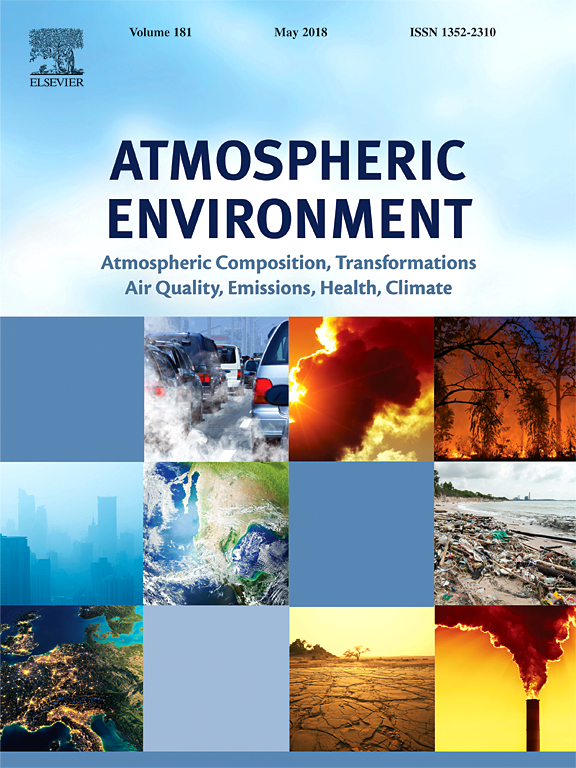Real world vehicle fleet emission factors: Seasonal and diurnal variations in traffic related air pollutants
Abstract: Temporal variations of vehicle emissions are affected by various compounding factors in the real world. The focus of this study is to determine the effects of ambient conditions and post-tailpipe changes on traffic emissions measured in the near-road region. Emission factors allowed for the isolation of the traffic signal and accounted for effects of local meteorology and dilution. Five month-long measurement campaigns were conducted at an urban near-road site that exhibited a broad range of ambient conditions with temperatures ranging between −18 and +30 °C. Particle number emission factors were 2.0× higher in the winter relative to the summer, which was attributed to changes in particles post-tailpipe. Conversely, toluene emissions were 2.5× higher in the summer relative to the winter, attributed to changes in fuel composition. Diurnal trends of emission factors showed substantial increases in emissions during the morning rush hour for black carbon (1.9×), particle number (2.4×), and particle-bound polycyclic aromatic hydrocarbons (3.0×), affected by fleet make-up. In contrast, particle number emission factors were highest midday with mean values 3.7× higher than at night. This midday increase was attributed to particle formation or growth from local traffic emissions and showed different wind direction dependence than regional events.


Leave a Reply